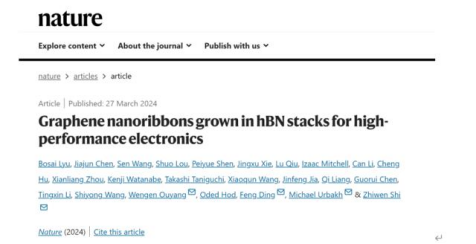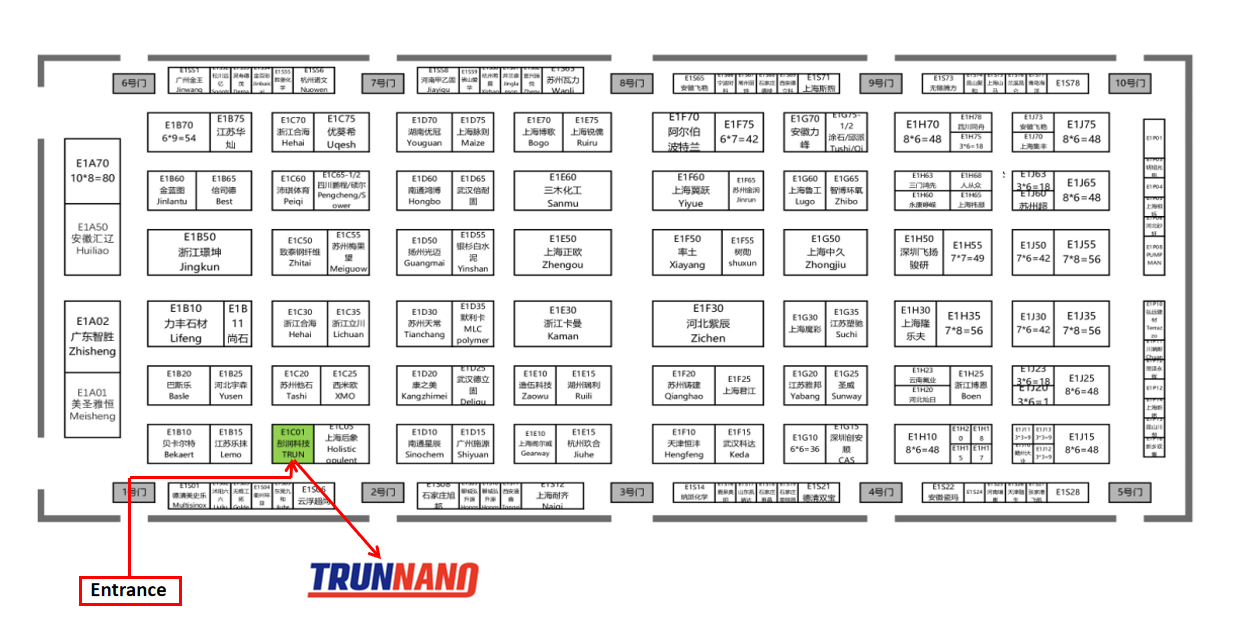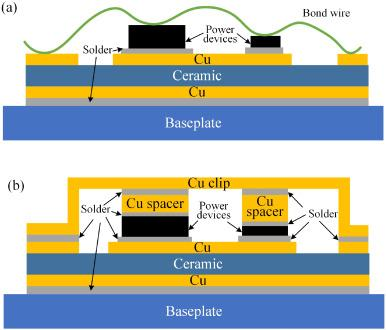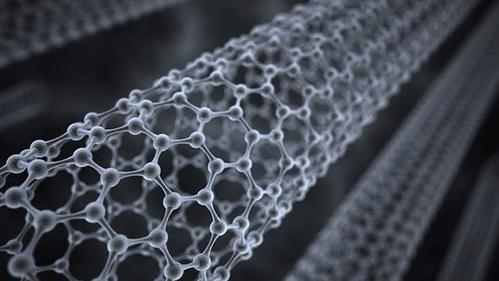
Betaine surfactants
It is created by the response of fatty tertiary amines and salt chloroacetate, consisting of cocoylpropyl betaine, dodecyl betaine, cetyl betaine, and lauroyl propyl betaine. It is milder than the very first 3 and is currently the main surfactant in infant shampoo.
In 1940, the American DuPont Business developed and applied this sort of compound. Like amino acid surfactants, this type of surfactant has solid detergency and reduced inflammation, and the service is weakly acidic. Animal experiments have actually confirmed that this type of compound is much less poisonous. It is an optimal surfactant.
( surfactants in shampoos)
Amino acid surfactants
Made from a combination of coconut oil and amino acids, it is safe, mild, and non-irritating. One of the most crucial point is that it is normally weakly acidic and satisfies the pH requirements of healthy skin and hair. It is the ideal surfactant in infant shampoo. They are “cocoyl glycine,” “cocoyl glutamate disodium,” etc
From the viewpoint of chemical residential or commercial properties, its pH value is in between 5.5 and 6.5, which is weakly acidic and near to the pH value of human skin. Hence, it is mild and skin-friendly and ideal for all hair types; amino acid surfactants are zwitterionic and conveniently soluble in water. It is easy to wash clean.
But it also has constraints. Amino acid surfactants are a number of to dozens of times much more expensive than ordinary surfactants, and most are shampoos particularly made for babies and young kids. The drawbacks of amino acid surfactants are that they are not rich in foam and have weak purification capacity.
The sensation of solidification and turbidity of surfactants in winter months is mainly due to the reduced temperature level causing a few of its elements to take shape or precipitate.
(surfactants in shampoos)
What happens if surfactant solidifies and becomes turbid in winter?
This is a physical sensation and does not have a considerable impact on the performance of surfactants. In order to address this problem, the adhering to methods can be taken:
1. Increase the temperature: Place the surfactant in a warm environment or raise its temperature level by home heating to make sure that the crystallized or sped up parts will progressively liquify and the surfactant will certainly return to a clear state. Nevertheless, it should be kept in mind that the temperature needs to be avoided when warming to avoid influencing the surfactant’s performance.
2. Stirring: For surfactants that have actually strengthened or become turbid, they can be recovered to an uniform state by stirring. Stirring can assist crystallized or sped up ingredients redisperse into the liquid and boost surfactant quality.
3. Add solvent: In some cases, an appropriate quantity of solvent can be included in weaken the surfactant, consequently improving its coagulation and turbidity. However, the included solvent should work with the surfactant and must not affect its use impact.
Supplier of Surfactant
TRUNNANO is a supplier of surfactant with over 12 years experience in nano-building energy conservation and nanotechnology development. It accepts payment via Credit Card, T/T, West Union and Paypal. Trunnano will ship the goods to customers overseas through FedEx, DHL, by air, or by sea. If you are looking for high-quality Polyglycol laurate CAS 141-20-8, please feel free to contact us and send an inquiry.
Inquiry us





